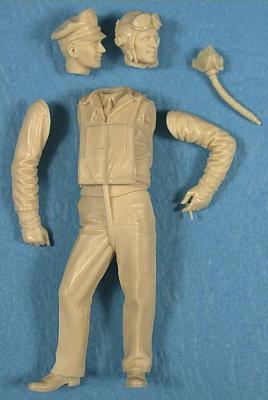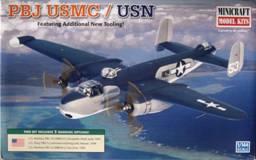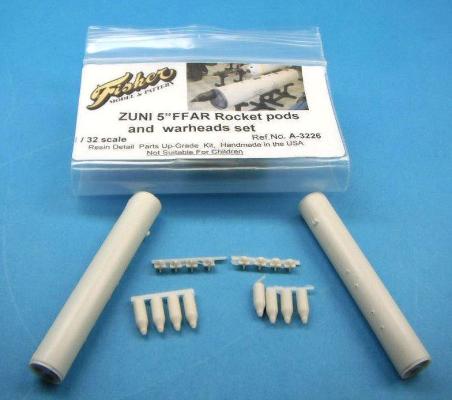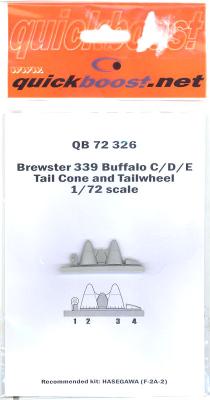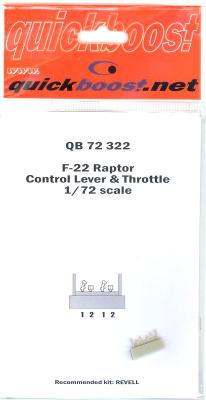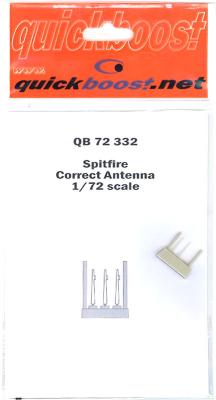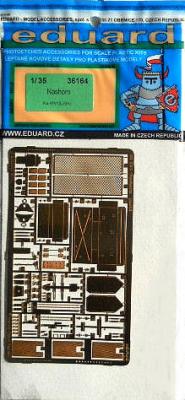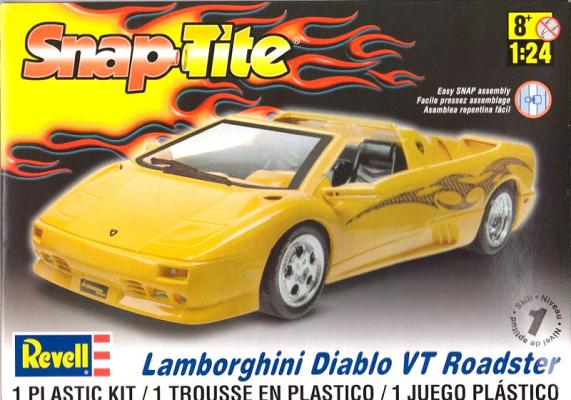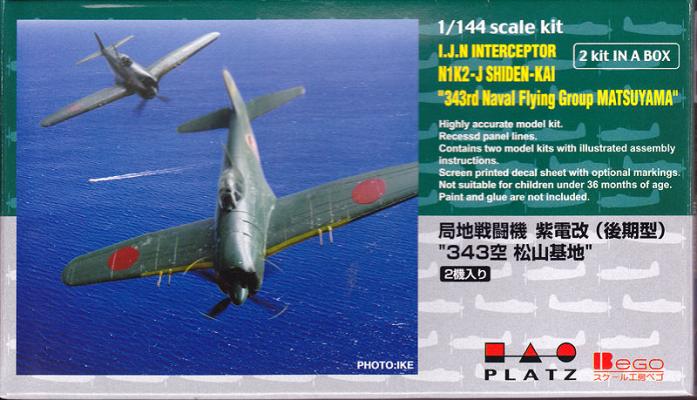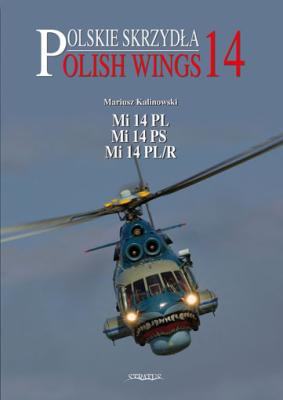This is the fifth Ultracast figure I have had the honor of reviewing and I can honestly say that each one is better than the last. This figure of a WWII USAAF Fighter Pilot is no exception.
It is sculpted by my friend Mike Good. He has a world-wide reputation as a sculptor of pilots in every scale and I believe I have painted every one of them.
This piece is cast in tan hard resin in five parts that fit perfectly. The engineering is superb in that the pieces are pegged in such a way that there is no way to fit them wrong. After removing the casting blocks and minor cleanup of seam lines, I assembled the parts and mounted the figure on my favorite working block, a medicine container. I like this method because it affords me a surface to hold onto once the figure is CA glued to it and, after painting, is easily removed from it.

